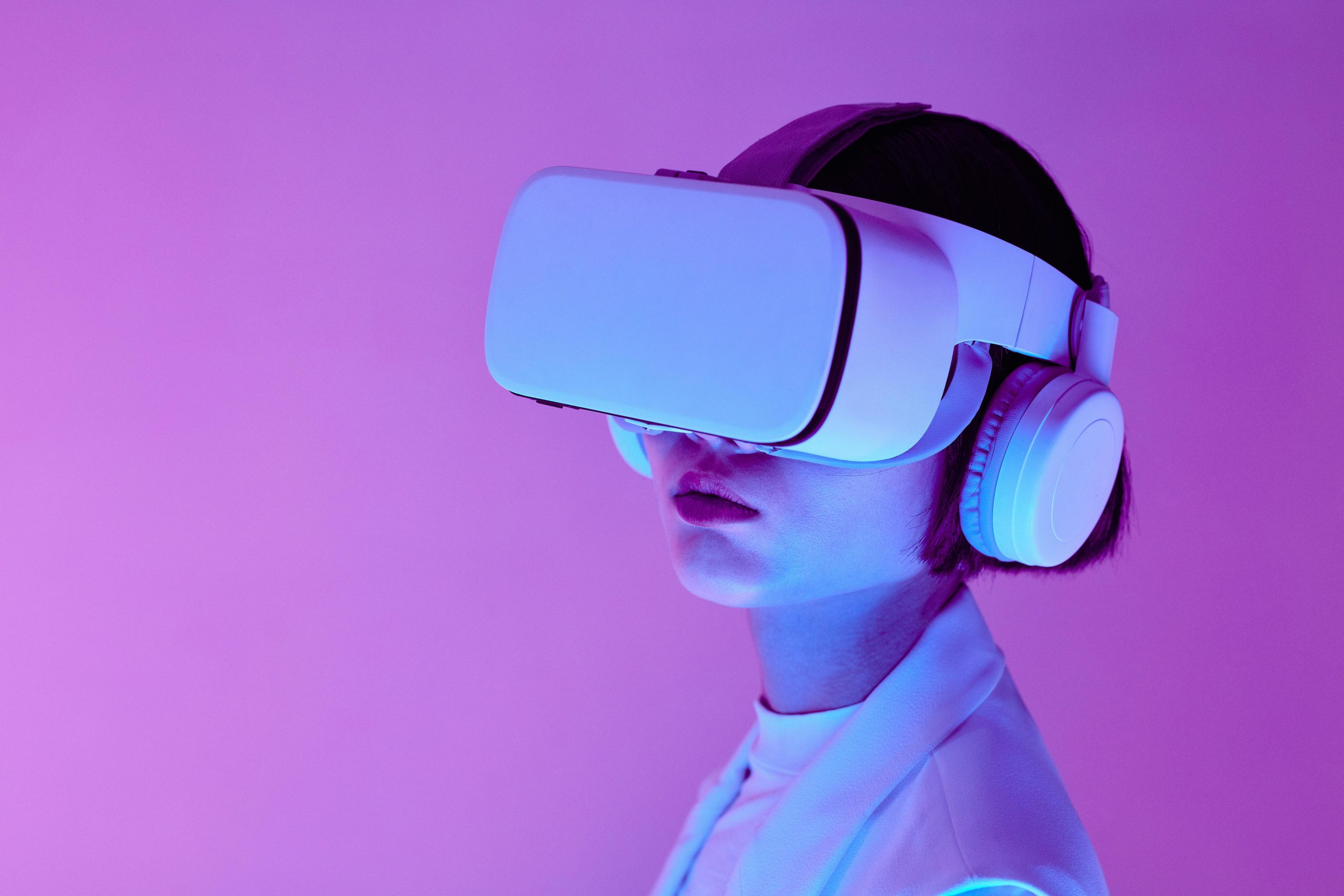How wearable technology is transforming everyday reality
Imagine a world where the line between technology and our everyday lives is no longer distinguishable. Where technology is seamlessly integrated into our clothing, accessories, and even our bodies. This may sound like the plot of a science fiction movie, but with the rise of wearable technology, it is becoming a reality. From smartwatches and fitness trackers to augmented reality glasses and virtual reality headsets, wearable technology is transforming the way we interact with the world around us. In this article, we will explore how wearable technology is reshaping our everyday reality and the impact it is having on various industries.
The Evolution of Wearable Technology
Wearable technology is not a new concept. In fact, the first wearable device, the calculator watch, was introduced in the 1970s. However, it was not until the 21st century that wearable technology started to gain traction and become a household name. The advent of smartphones, with their countless features and capabilities, paved the way for wearable technology to enter the market.
Today, wearable technology has surpassed its initial purpose of simply displaying the time or counting steps. It has evolved into a sophisticated device that can track our health and fitness, provide us with real-time information, and even enhance our experiences through virtual and augmented reality.
The Impact on Our Everyday Lives
Health and Fitness
Perhaps the biggest and most widespread impact of wearable technology is in the realm of health and fitness. With the ability to monitor heart rate, sleep patterns, and physical activity, wearable devices have become essential tools for those looking to improve their overall health and well-being. Whether it is through a fitness tracker, a smartwatch, or a wearable biosensor, individuals now have access to valuable data about their bodies and can make more informed decisions about their health.
Wearable technology has also revolutionized the way we approach exercise. With wearables, we can set fitness goals, track our progress, and receive real-time feedback on our workouts. This has made it easier for people of all ages and fitness levels to stay active and motivated.
Workplace Productivity
Another area where wearable technology is making a significant impact is in the workplace. With the rise of remote work and the need for efficient communication and collaboration, wearables have become an essential tool for professionals. Smartwatches and virtual reality headsets have made it easier to access information, communicate with colleagues, and even attend meetings without being physically present.
Wearable technology has also enabled companies to track and monitor their employees’ productivity, which has led to increased efficiency and better work-life balance for employees.
Entertainment and Gaming
The integration of wearable technology into entertainment and gaming has taken the user experience to a whole new level. With augmented reality glasses and virtual reality headsets, users can immerse themselves in a virtual world and interact with their surroundings in a whole new way. This has opened the door for endless possibilities in the entertainment and gaming industry and has enhanced the overall experience for consumers.
The Future of Wearable Technology
As with any emerging technology, the future of wearable technology is full of possibilities. With advancements in artificial intelligence and machine learning, wearables are becoming even smarter and more intuitive. We can expect to see more sophisticated devices that can analyze and predict our behavior, making our lives even more convenient.
The healthcare industry is one area that is looking to make full use of wearable technology. With wearable biosensors, doctors can remotely monitor their patients’ vital signs and make timely interventions if necessary. This has the potential to transform the healthcare system and improve patient outcomes.
Another exciting development in wearable technology is in the world of fashion. With the collaboration of technology companies and fashion designers, we can expect to see more wearable devices that are not only functional but also stylish. This will make wearables more accessible to the general public and further blur the line between fashion and technology.
Conclusion
Wearable technology has come a long way since its humble beginnings and is now an integral part of our everyday lives. From improving our health and fitness to enhancing our overall experiences, wearables have made our reality more connected and convenient. With continuous advancements and innovations, the future looks even brighter for wearable technology, and we can’t wait to see what the next generation of wearables will bring.










